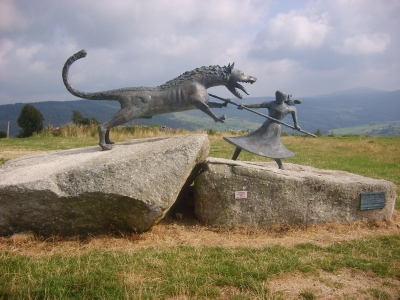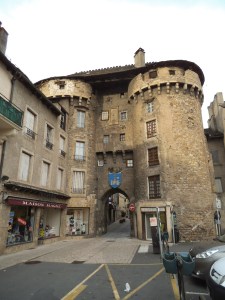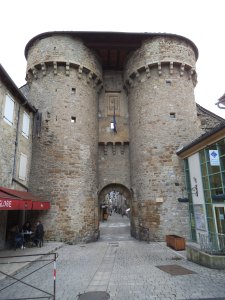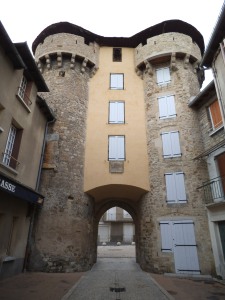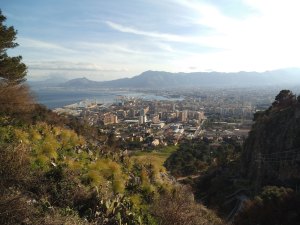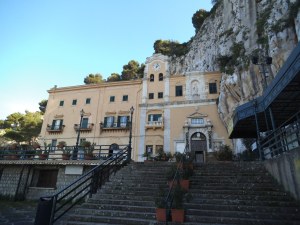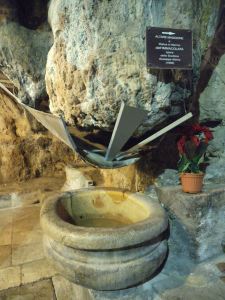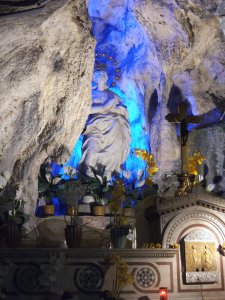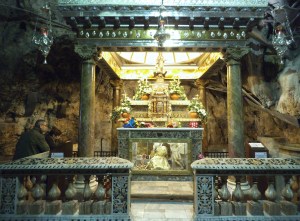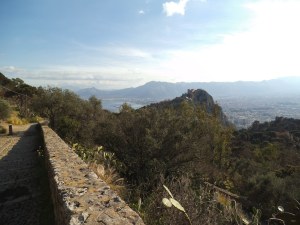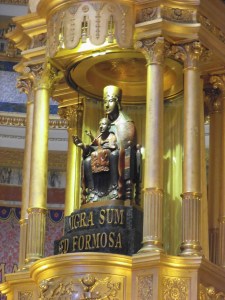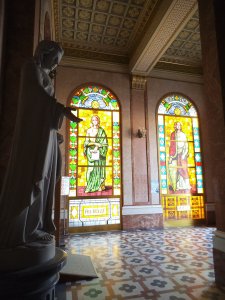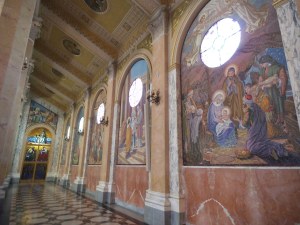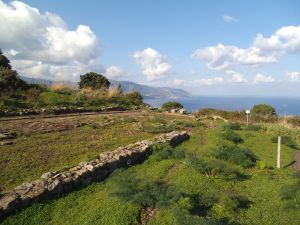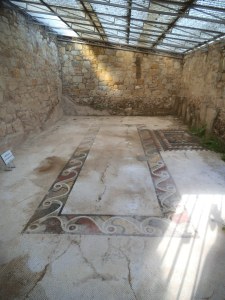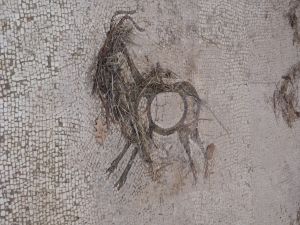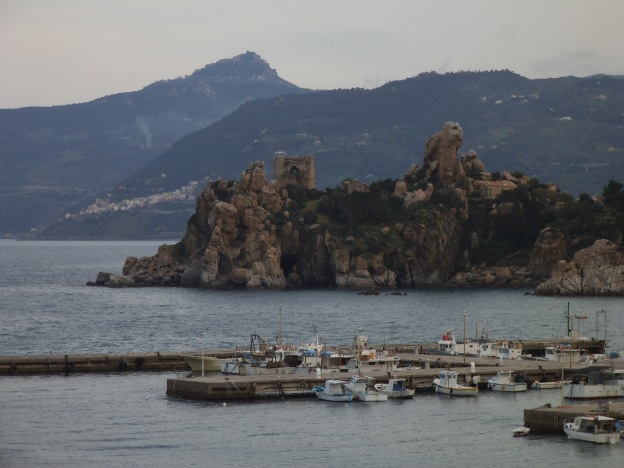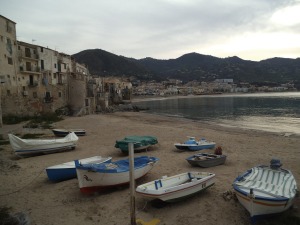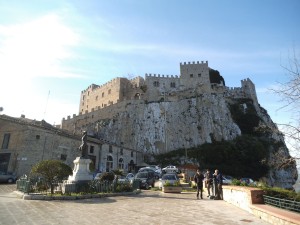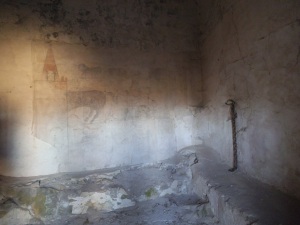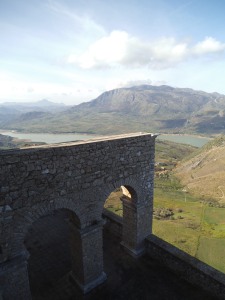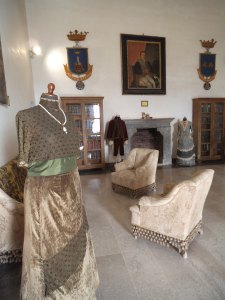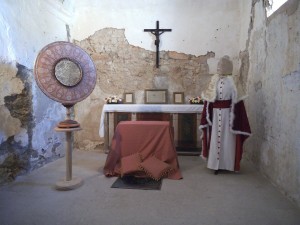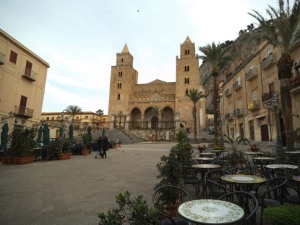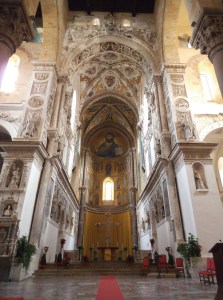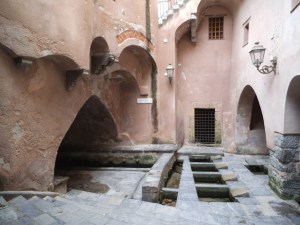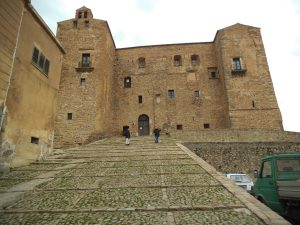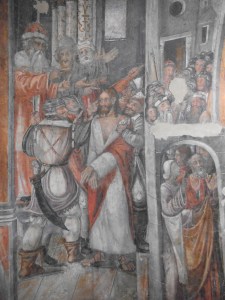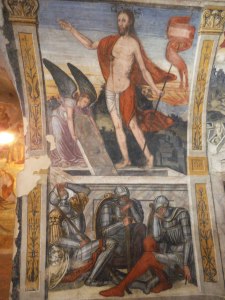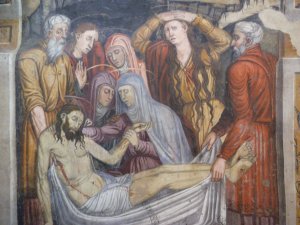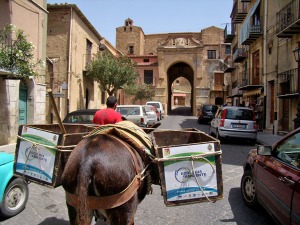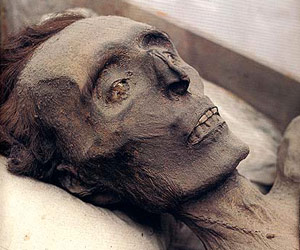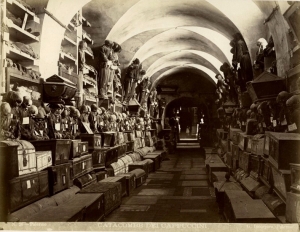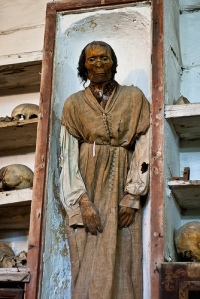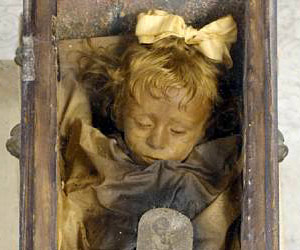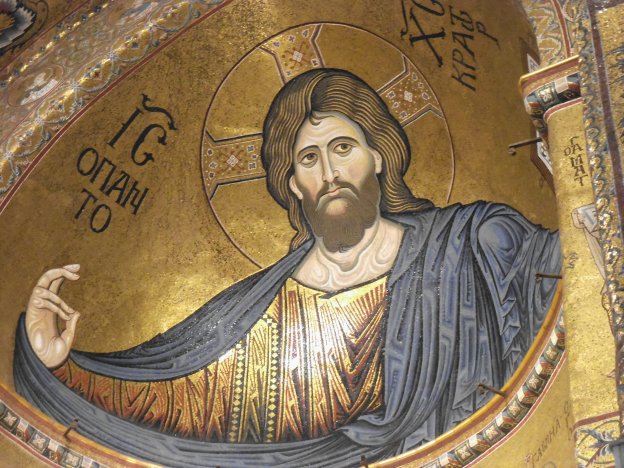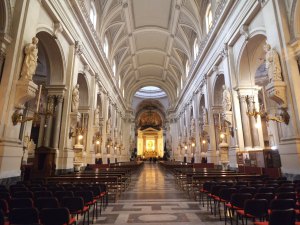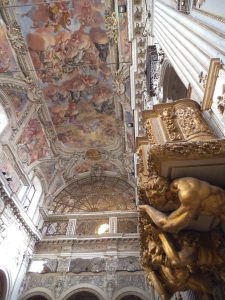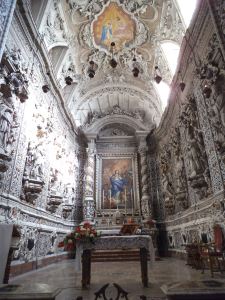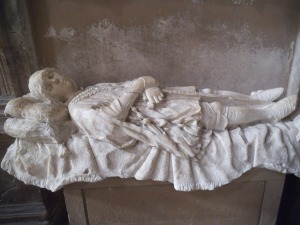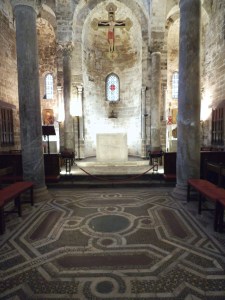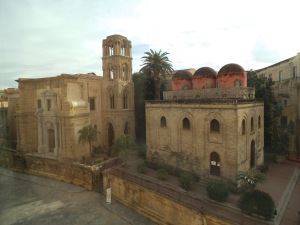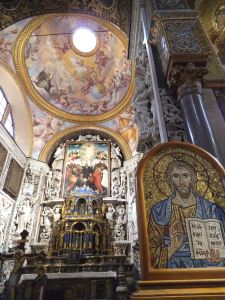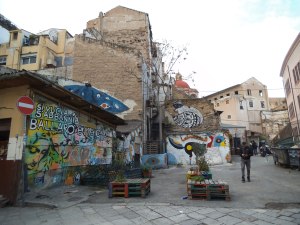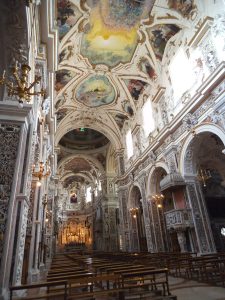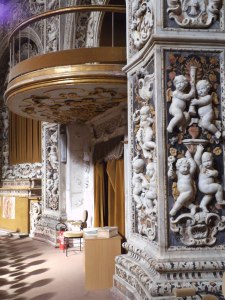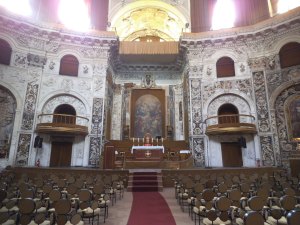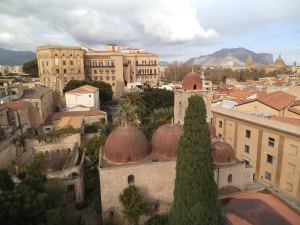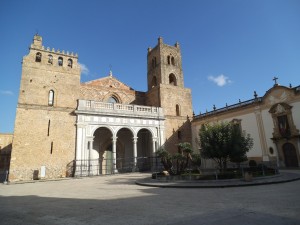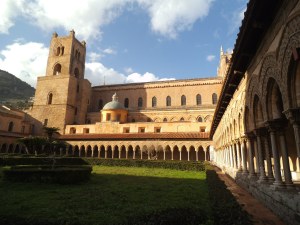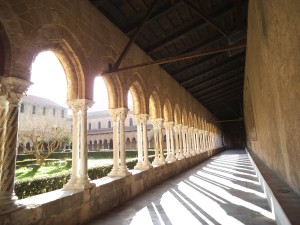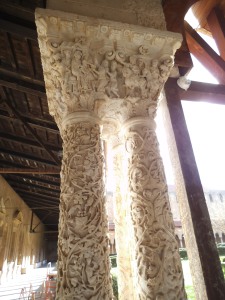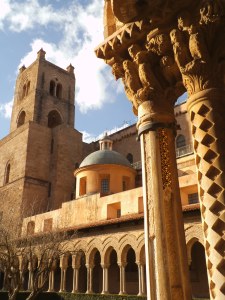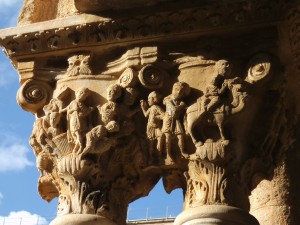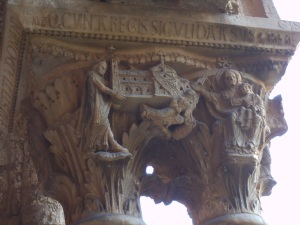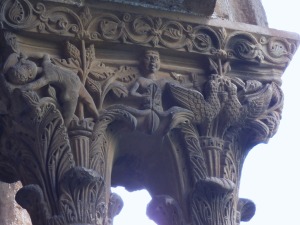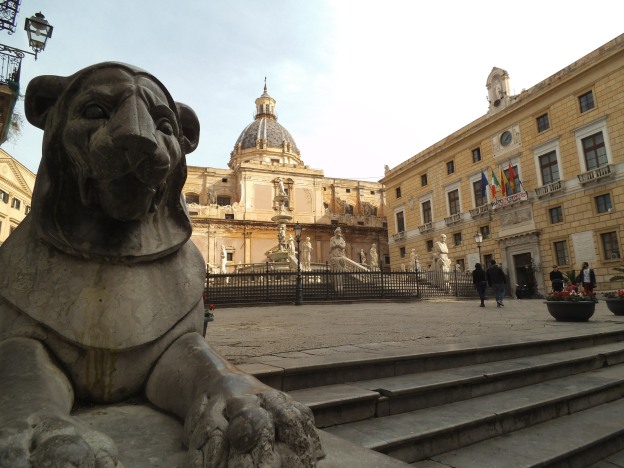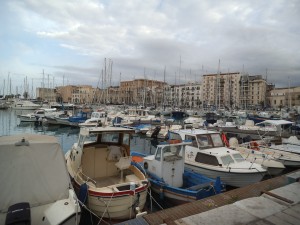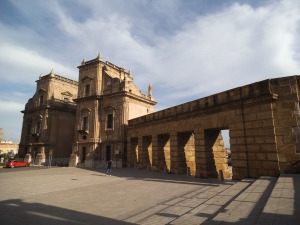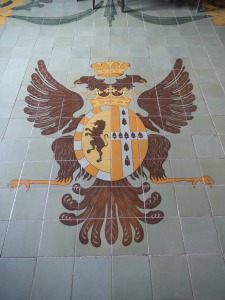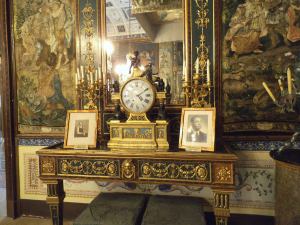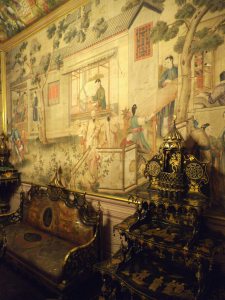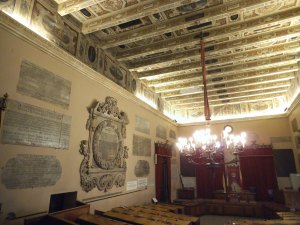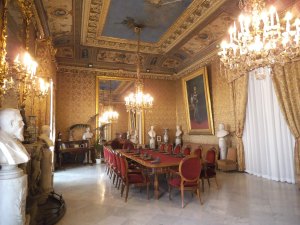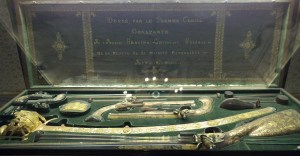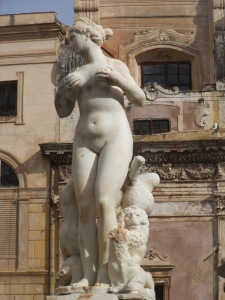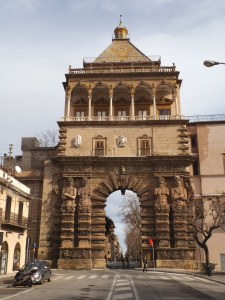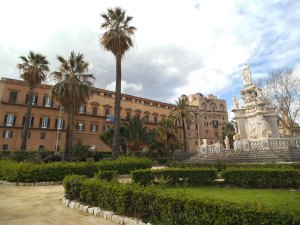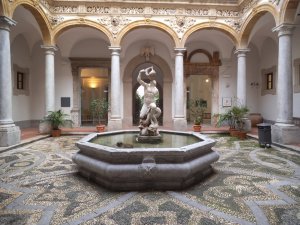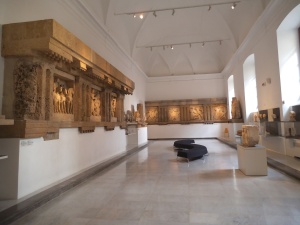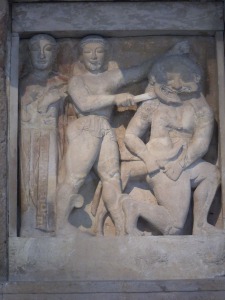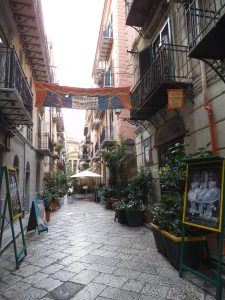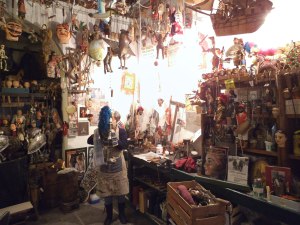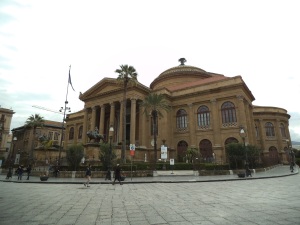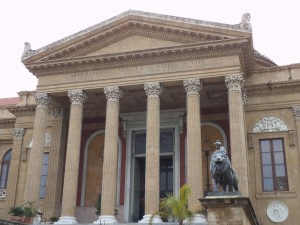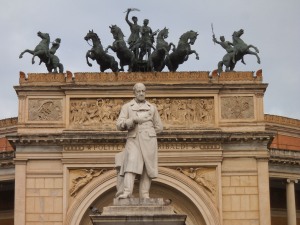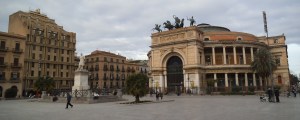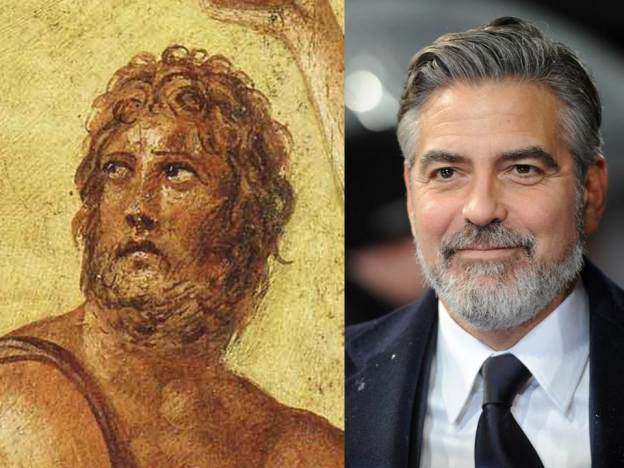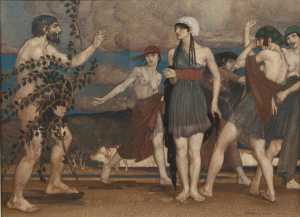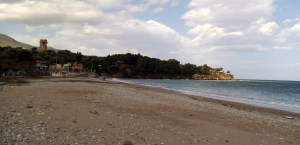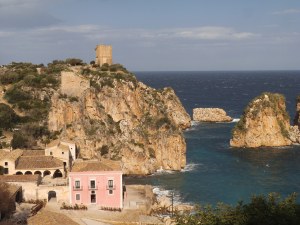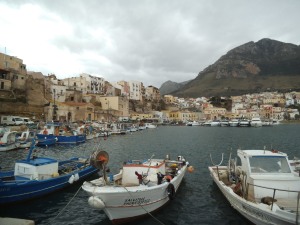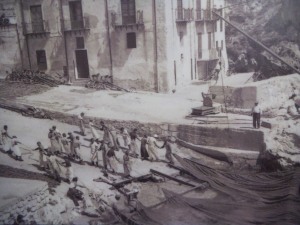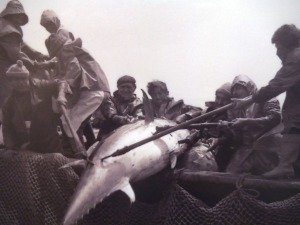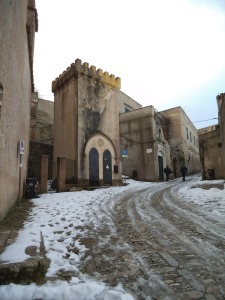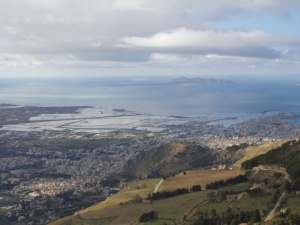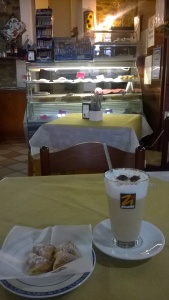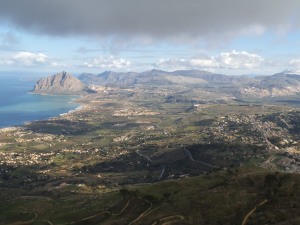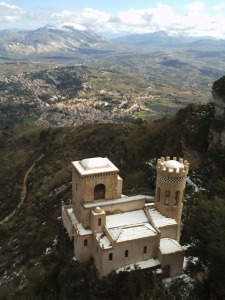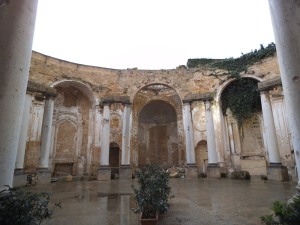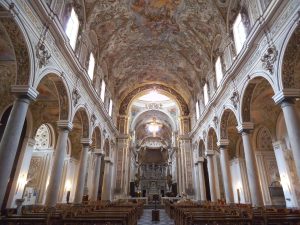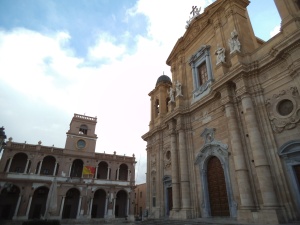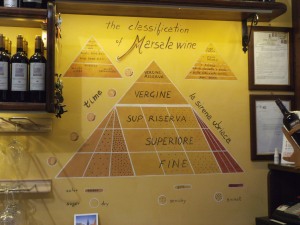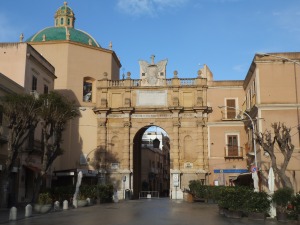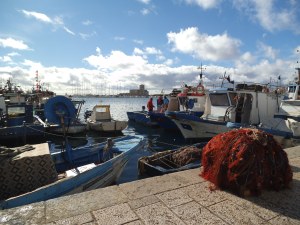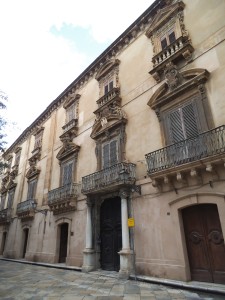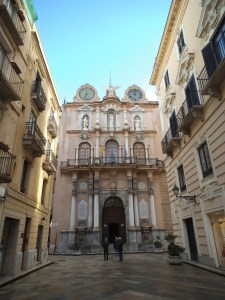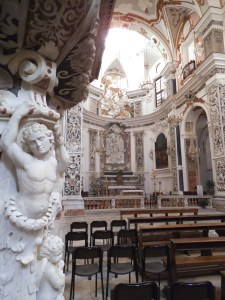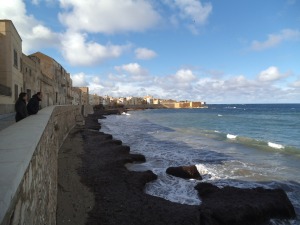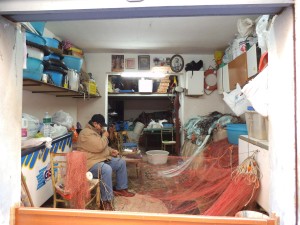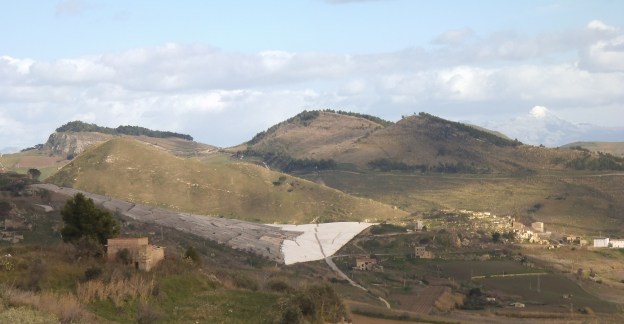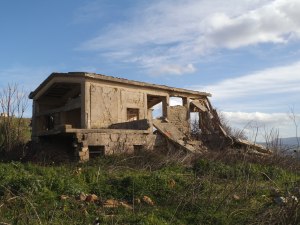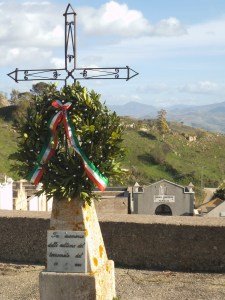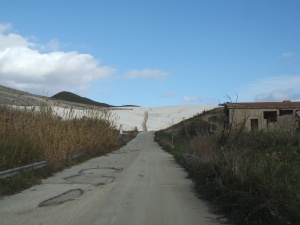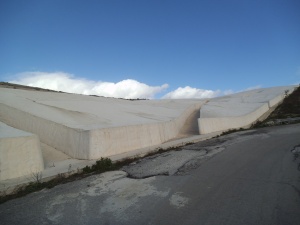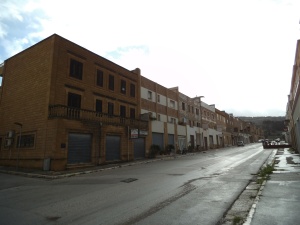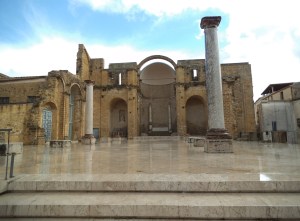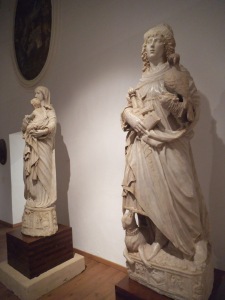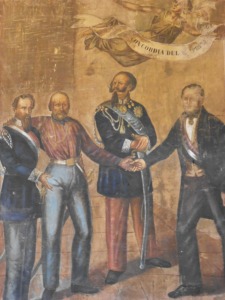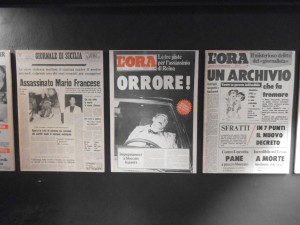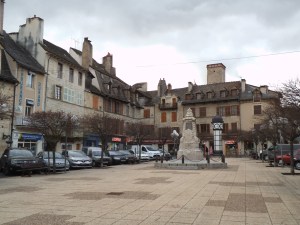 My journey back through France takes me north on the A75 Mediterranean Motorway past many places that I have already visited: Roquefort, Brioude, Issoire and Vichy.
My journey back through France takes me north on the A75 Mediterranean Motorway past many places that I have already visited: Roquefort, Brioude, Issoire and Vichy.
This year I stop at the town of Marvejols, once a Royal borough and the capital of the Gévaudan. The town was fortified during the Hundred Years War but later, during the 16th century, much of the town was destroyed when the Catholics, led by the Duke of Joyeuse, massacred the protestant population, burned their homes and destroyed the fortifications.
Henry of Navarre, who later became King Henry IV, stepped in to save Marvejols, rebuilding much of the town, including the three main gateways.
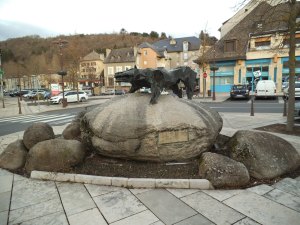 The former province of Gévaudan is synonymous with a terrible tale of the Beast of Gévaudan. Not some mysterious myth but a real story of terror which took place between 1764 and 1767. Research of historical records show that the ‘beast’ may have killed up to 100 people as it hunted throughout an area of about 80 square kilometres. Witnesses who survived attacks described it as being similar to a wolf, but as large as a calf and with red hair. Some people have speculated that it may have been an escaped exotic animal such as a lion or hyena and the attacks do seem similar to man-eating lion accounts from Africa.
The former province of Gévaudan is synonymous with a terrible tale of the Beast of Gévaudan. Not some mysterious myth but a real story of terror which took place between 1764 and 1767. Research of historical records show that the ‘beast’ may have killed up to 100 people as it hunted throughout an area of about 80 square kilometres. Witnesses who survived attacks described it as being similar to a wolf, but as large as a calf and with red hair. Some people have speculated that it may have been an escaped exotic animal such as a lion or hyena and the attacks do seem similar to man-eating lion accounts from Africa.
 The first recorded attack was of a young woman tending cattle in the Mercoire forest in the summer of 1764 and the first fatal victim took place soon after when 14-year-old Janne Boulet was killed near the village of Les Hubacs. The attacks continued throughout the year, victims being mostly lone men, women and children tending livestock in the forests around Gévaudan.
The first recorded attack was of a young woman tending cattle in the Mercoire forest in the summer of 1764 and the first fatal victim took place soon after when 14-year-old Janne Boulet was killed near the village of Les Hubacs. The attacks continued throughout the year, victims being mostly lone men, women and children tending livestock in the forests around Gévaudan.
 On January 12, 1765, Jacques Portefaix and some friends were attacked by the Beast but managed to drive it away. Louis XV heard about this and compensated the men, declaring that the French state would help find and kill the beast. Two professional wolf-hunters, Jean Charles Marc Antoine Vaumesle d’Enneval and his son Jean-François, were sent to Gévaudan. They arrived on February 17, 1765, with bloodhounds trained in wolf-hunting. For four months they hunted Eurasian wolves believing them to be the beast but the attacks continued. In June 1765 they were replaced by François Antoine the king’s Lieutenant of the Hunt and on September 20 he killed a very large grey wolf, nicknamed Le Loup de Chazes after the nearby Abbaye des Chazes. The animal was stuffed and sent to Versailles where Antoine was received as a hero and well rewarded. However, the attacks continued.
On January 12, 1765, Jacques Portefaix and some friends were attacked by the Beast but managed to drive it away. Louis XV heard about this and compensated the men, declaring that the French state would help find and kill the beast. Two professional wolf-hunters, Jean Charles Marc Antoine Vaumesle d’Enneval and his son Jean-François, were sent to Gévaudan. They arrived on February 17, 1765, with bloodhounds trained in wolf-hunting. For four months they hunted Eurasian wolves believing them to be the beast but the attacks continued. In June 1765 they were replaced by François Antoine the king’s Lieutenant of the Hunt and on September 20 he killed a very large grey wolf, nicknamed Le Loup de Chazes after the nearby Abbaye des Chazes. The animal was stuffed and sent to Versailles where Antoine was received as a hero and well rewarded. However, the attacks continued.
When Jean Chastel shot a large wolf during a hunt on June 19, 1767, the attacks finally stopped. Some writers suggested that it was shot with a blessed silver bullet and when opened, human remains were found in the animal’s stomach.
 There are no wild wolves in the region today but just north of Mavejols is the Parc Les Loups du Gévaudan, where some 100 wolves from Poland, Siberia, Mongolia, the Arctic and Canada can be visited. There are exhibitions about the Beast of Gévaudan as well as educational displays about wolves to dispel the myth that they are ferocious, deadly animals. Perhaps one day they will be reintroduced to the wild here, as has occurred in other places in Europe.
There are no wild wolves in the region today but just north of Mavejols is the Parc Les Loups du Gévaudan, where some 100 wolves from Poland, Siberia, Mongolia, the Arctic and Canada can be visited. There are exhibitions about the Beast of Gévaudan as well as educational displays about wolves to dispel the myth that they are ferocious, deadly animals. Perhaps one day they will be reintroduced to the wild here, as has occurred in other places in Europe.

